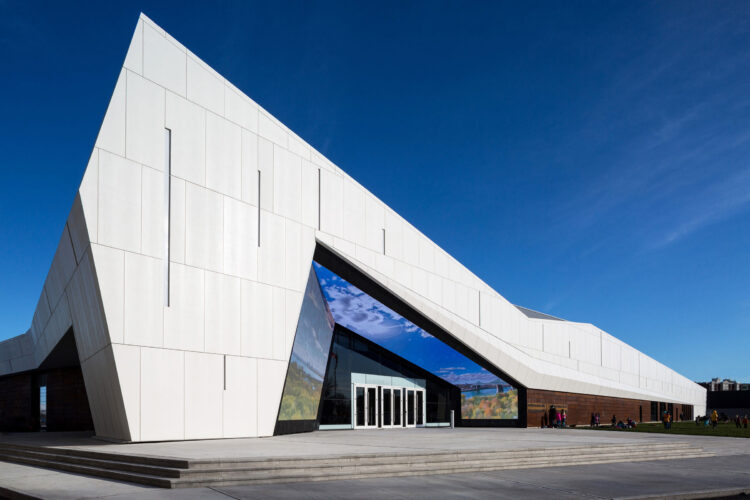
Ethiopia’s Historic Route is a journey through some of the most culturally rich and historically significant sites in the country. This route offers travelers a glimpse into Ethiopia’s ancient history, religious heritage, and stunning landscapes.
The main highlights of Ethiopia’s Historic Route include the following:
1. Addis Ababa
- National Museum of Ethiopia: Home to the famous fossilized remains of “Lucy,” one of the oldest and most complete hominid skeletons ever discovered.
- Holy Trinity Cathedral: A significant site in Ethiopian Orthodoxy, where many prominent Ethiopian figures are buried.
- Entoto Mountain: Offering panoramic views of the city, it is also a site of historical significance as the former seat of Ethiopian emperors.
2. Bahir Dar and Lake Tana
- Blue Nile Falls (Tis Issat): Known as “The Smoking Water,” these falls are one of the most spectacular natural sites in Ethiopia.
- Lake Tana: The largest lake in Ethiopia, dotted with ancient monasteries on its islands and peninsulas, some dating back to the 14th century. Notable monasteries include Ura Kidane Mehret and Kebran Gabriel.
- Gondar: The city is famous for its castles and churches, often referred to as the “Camelot of Africa.”
3. Gondar
- Fasil Ghebbi (Royal Enclosure): A UNESCO World Heritage Site, this fortress-city was the residence of Ethiopian emperors in the 17th and 18th centuries. The complex includes several castles, palaces, and churches, reflecting a unique blend of Ethiopian, Indian, and Portuguese architecture.
- Debre Berhan Selassie Church: Known for its beautiful murals, particularly the ceiling adorned with iconic angelic faces.
4. Axum
- Obelisks of Axum: The city is home to the famous Axum stelae, massive obelisks carved from single pieces of granite, some standing over 24 meters tall. The tallest one, though broken, is believed to be the largest monolith ever erected.
- Church of St. Mary of Zion: According to Ethiopian tradition, this church is the resting place of the Ark of the Covenant. The original church, said to have been built by Emperor Ezana in the 4th century, has been rebuilt several times, with the most recent structure completed in the 20th century.
- King Ezana’s Stone: An ancient stele inscribed with texts in Ge’ez, Sabaean, and Greek, documenting the conversion of King Ezana to Christianity in the 4th century.
5. Lalibela
- Rock-Hewn Churches of Lalibela: Often referred to as the “New Jerusalem,” this UNESCO World Heritage Site is famous for its 11 monolithic churches carved out of solid rock in the 12th century. The churches are connected by a network of tunnels and trenches, with the most famous being Bete Giyorgis (Church of Saint George), known for its cruciform shape.
- Bete Medhane Alem: The largest of the rock-hewn churches, it is believed to be the largest monolithic church in the world.
6. Tigray Region
- Rock-Hewn Churches of Tigray: Less visited than Lalibela, the Tigray region is home to more than 120 rock-hewn churches, some dating back to the 4th century. These churches are often located in remote and dramatic cliffside locations, with the most famous including Abuna Yemata Guh, Debre Damo, and Maryam Korkor.
- Debre Damo Monastery: Accessible only by climbing a rope up a steep cliff, this ancient monastery is said to date back to the 6th century.
7. Harar
- Harar Jugol (The Walled City): A UNESCO World Heritage Site, Harar is considered the fourth holiest city in Islam. The old town is known for its narrow alleyways, ancient mosques, and colorful markets. The city is also famous for its unique tradition of “hyena feeding,” where locals feed wild hyenas by hand.
- Rimbaud House: A museum dedicated to the French poet Arthur Rimbaud, who lived in Harar in the late 19th century.
8. Yeha
- Temple of Yeha: Believed to be the oldest standing structure in Ethiopia, dating back to the 8th century BC, this ancient temple is a testament to the pre-Aksumite civilization in the region. The temple is associated with the Sabaean culture and is an important archaeological site.
Cultural and Natural Highlights
- Timkat (Epiphany): This is one of Ethiopia’s most important religious festivals, celebrated across the country but particularly impressive in Lalibela and Gondar. The festival commemorates the baptism of Jesus in the Jordan River, with processions, prayers, and ceremonial immersions in water.
- Simien Mountains National Park: A UNESCO World Heritage Site known for its dramatic landscapes, endemic wildlife like the Gelada baboon, and hiking opportunities. The park is often included in the Historic Route due to its proximity to Gondar.
The Historic Route is a journey through Ethiopia’s ancient kingdoms, Christian heritage, and vibrant cultural traditions. It offers an unparalleled opportunity to explore the rich history and natural beauty of one of Africa’s oldest civilizations.
Read more on Travels On Click:
Trekking Mount Kilimanjaro: Conquering Africa’s Highest Peak
Tourism and Hospitality Growth in Africa
Cape Verde’s Island Hopping: Exploring the Archipelago’s Diverse Landscapes

